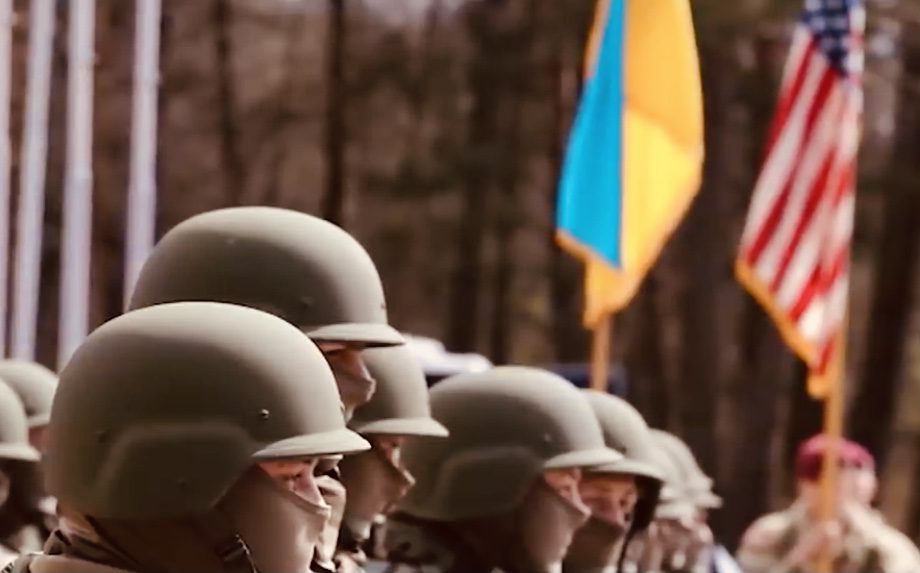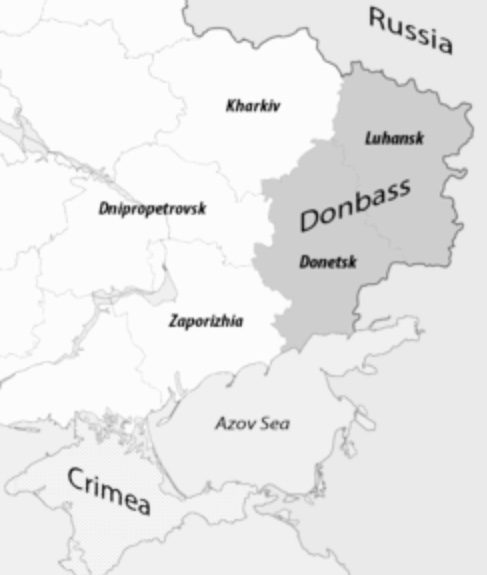Russian Federation warns Ukraine not to threaten Donbas: NATO military weapons
Kanako Mita, Sawako Utsumi and Lee Jay Walker
Modern Tokyo Times

The Russian Federation is increasingly alarmed by the actions of Ukraine in the volatile eastern part of this country. Russians are heavily concentrated in eastern regions compared with other parts of Ukraine. Hence nationalists and political elites in Western Ukraine are seeking to utilize the anti-Russian Federation nature of NATO by instigating outside meddling.
President Joe Biden of America and the usual anti-Russian Federation voices in the United Kingdom have been the most outspoken about an alleged threat from the Russian Federation. However, the usual NATO double game is being played – this equates to more military arms to Ukraine and utilizing the media to build up a cascade of anti-Russian Federation sentiments.
Valery Gerasimov, Chief of the Russian General Staff, said, “The deliveries of helicopters, unmanned aerial vehicles and aircraft to Ukraine are pushing the Ukrainian authorities towards abrupt and dangerous steps. Kiev is not fulfilling the Minsk Agreements. The Ukrainian armed forces are touting that they have started to employ US-supplied Javelin anti-tank missile systems in Donbass and are also using Turkish reconnaissance/strike drones. As a result, the already tense situation in the east of that country is further deteriorating.”
Thus, from the point of view of the Russian Federation, the ongoing military build-up of Ukrainian forces in the environs of the Donbas (Donbass) region is leading to nervousness. After all, given the nationalist nature of forces in Western Ukraine towards the Russian population, it is inconceivable that the Russian Federation would stand by and watch fellow Russians being killed.
More neutral nations in NATO should become honest brokers. If not, then the actions of the Russian Federation will be determined by the actions of Ukraine and NATO nations that keep on providing more advanced weapons to the combat zone – and appear to be encouraging dangerous movements emanating from Western Ukraine aimed at the Donbas region.
Gerasimov warned, “…any provocations by the Ukrainian authorities to settle the Donbass difficulties militarily will be thwarted.”
It is incumbent on political elites in the Russian Federation and Ukraine to build relations to solve the complex nature of the Donbas region. This concerns the cultural, political, religious, and linguistic issues that exist in this part of the country.

The Council on Foreign Relations reports, “Western scholars disagree somewhat on the motivations behind Russia’s aggression in Ukraine. Some emphasize NATO’s post–Cold War enlargement, which Russia has viewed with increasing alarm. In 2004, NATO added seven members, its fifth expansion and largest one to date, including the former Soviet Baltic republics Estonia, Latvia, and Lithuania. Four years later, when NATO declared its intent to bring Ukraine and Georgia into the fold at some point in the future, Russia made clear a redline had been crossed.”
Developments in Georgia and Ukraine indicate that NATO’s continuing expansion set off alarm bells in Moscow. After all, the Soviet Union was done and dusted. However, political elites in Washington – and hawks in NATO – kept on moving eastwards, thus expanding further into the “geopolitical space” of the Russian Federation. In this sense, all Ukrainians, irrespective of ethnicity, are hostages to the expansionist policies of NATO.
France, Germany, and Italy should work more closely with the Russian Federation and Ukraine to reduce tensions. Likewise, European nations should stand firmer against the excesses of America’s containment policies of the Russian Federation.
The Russian Federation is saying “enough is enough.” Hence, while Estonia, Latvia, and Lithuania joined the fold of NATO – all former Soviet republics – the issue of Ukraine is a different ball game for the Russian Federation. This concerns history, geopolitical vulnerabilities, and other important factors.
In the short term, the best solution is a frozen conflict where all sides take two steps back – including the intrigues of America. If this happens, then a framework that consists of honest brokers within NATO, the Russian Federation, and Ukraine should seek a solution.
Also, from an economic point of view – and with the European Union being part of the crisis in 2013-2014 within the body politic of Ukraine – the European Union and Eurasian Economic Union should strengthen ties with Ukraine in mind.
https://www.cfr.org/backgrounder/ukraine-conflict-crossroads-europe-and-russia
https://tass.com/world/1373123

PLEASE SUPPORT MODERN TOKYO TIMES by DONATING
Modern Tokyo News is part of the Modern Tokyo Times group
DONATIONS to SUPPORT MODERN TOKYO TIMES – please pay PayPal and DONATE to sawakoart@gmail.com
http://moderntokyotimes.com Modern Tokyo Times – International News and Japan News
https://www.pinterest.co.uk/moderntokyotimes/ Modern Tokyo Times is now on PINTEREST
http://sawakoart.com – Sawako Utsumi personal website and Modern Tokyo Times artist
https://moderntokyonews.com Modern Tokyo News – Tokyo News and International News
PLEASE JOIN ON TWITTER
https://twitter.com/MTT_News Modern Tokyo Times